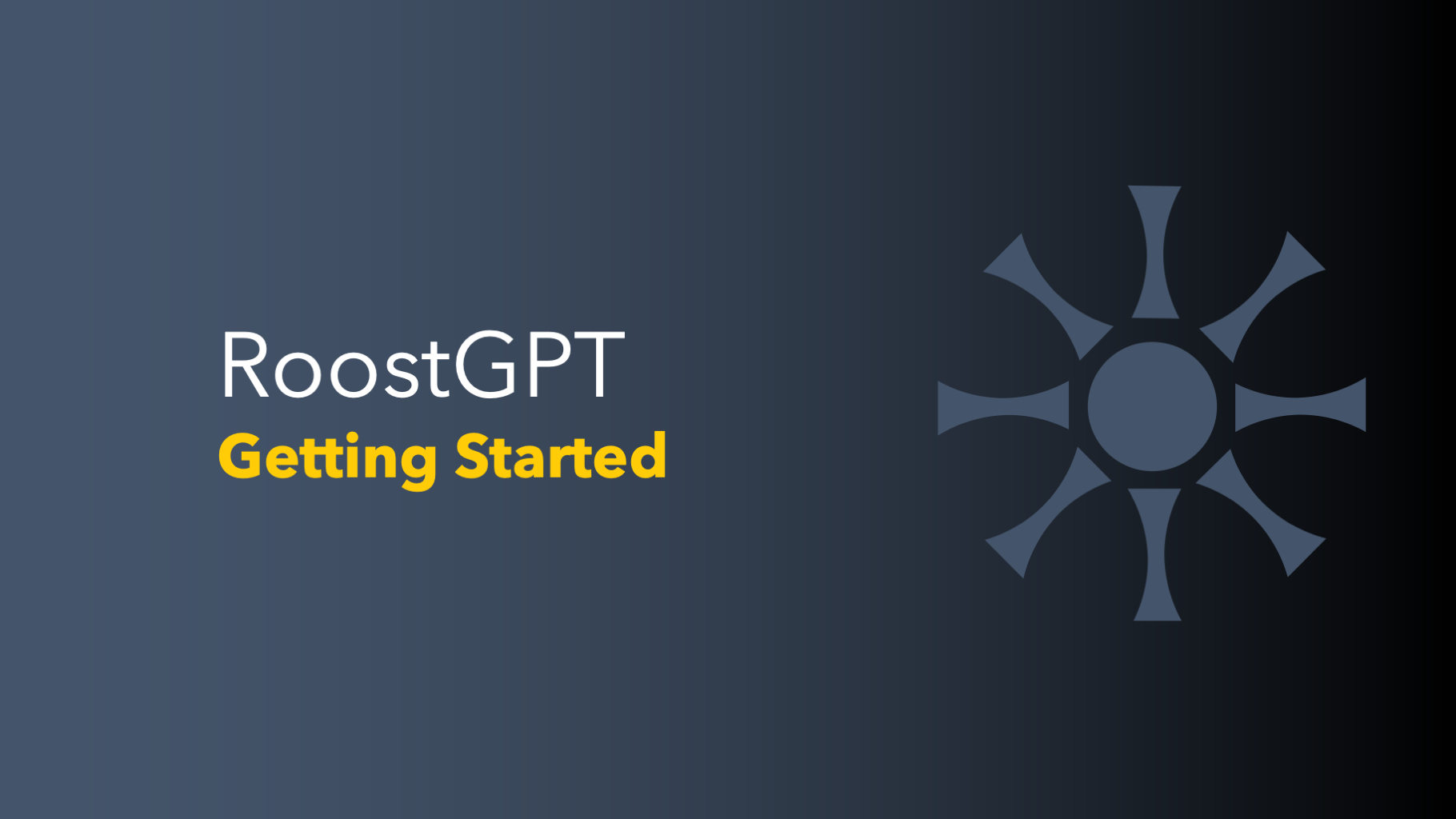<< Previous Edition: Over Memorization Problem in LLMs
Software is eating the world, but LLMs are going to eat the software development lifecycle. This became evident today when OpenAI unveiled GPT-4o. It is the most advanced model from OpenAI to date, capable of reasoning across audio, vision, and text in real time. However, the feature that impressed me the most was its computer vision capabilities and how they will transform the SDLC.
The Resurrection of Pair Programming
Pair programming was introduced as part of Extreme Programming, a predecessor to agile methodologies. It had many interesting aspects, but the most intriguing part was that developers loved it, while managers hated it. As a result, it never fully took off.
I would argue that managers disliked it because the paired programmer was a human who needed a salary. However, if the paired programmer is a generative AI agent, this issue vanishes, and that's exactly what the GPT-4o announcement has achieved.
ChatGPT Desktop Edition: Your Programming Buddy
Today, OpenAI introduced the Desktop Edition of ChatGPT, ushering in a new era for pair programming and software development. This advanced tool promises to transform how developers work, making the coding process more efficient and collaborative.
1. Enhanced Code Review and Debugging: The ChatGPT Desktop Edition can analyze code in real-time, identifying potential errors and suggesting optimizations. Its ability to interpret diagrams, flowcharts, and other visual aids makes the debugging process more intuitive and efficient. Developers can now receive immediate feedback on their code, reducing the time spent on manual reviews and increasing the overall quality of the software.
2. Seamless Integration with Development Environments: ChatGPT Desktop Edition seamlessly integrates with popular development environments, providing context-aware suggestions and autocompletions. Its ability to understand and interact with visual elements means it can assist with UI/UX design, offering suggestions based on best practices and current trends. This integration helps streamline the development process, allowing programmers to focus on creative problem-solving rather than routine tasks.
3. Intelligent Documentation and Learning Aid: One of the standout features of ChatGPT Desktop Edition is its ability to generate and understand complex documentation. By leveraging its vision capabilities, it can interpret and create visual documentation, such as sequence diagrams and architecture layouts. This makes it invaluable for both new and experienced developers, providing on-the-fly explanations and learning resources tailored to the specific context of the project.
4. Virtual Pair Programming: Building on the concept of pair programming, ChatGPT can act as a virtual partner, providing real-time collaboration and support. Its ability to comprehend and interact with visual code representations allows it to offer insights and suggestions as a human partner would. This not only makes the coding process more efficient but also democratizes access to expert-level guidance, regardless of the programmer's location or experience level.
Conclusion
While people often discuss the disruption of industries and jobs by generative AI, it is happening in real-time within the software development lifecycle. Previously, there were inefficiencies that were incredibly difficult to overcome, but LLMs are finally addressing them. Today's introduction of multimodal support for coding assistance marks a significant leap forward in this direction.



